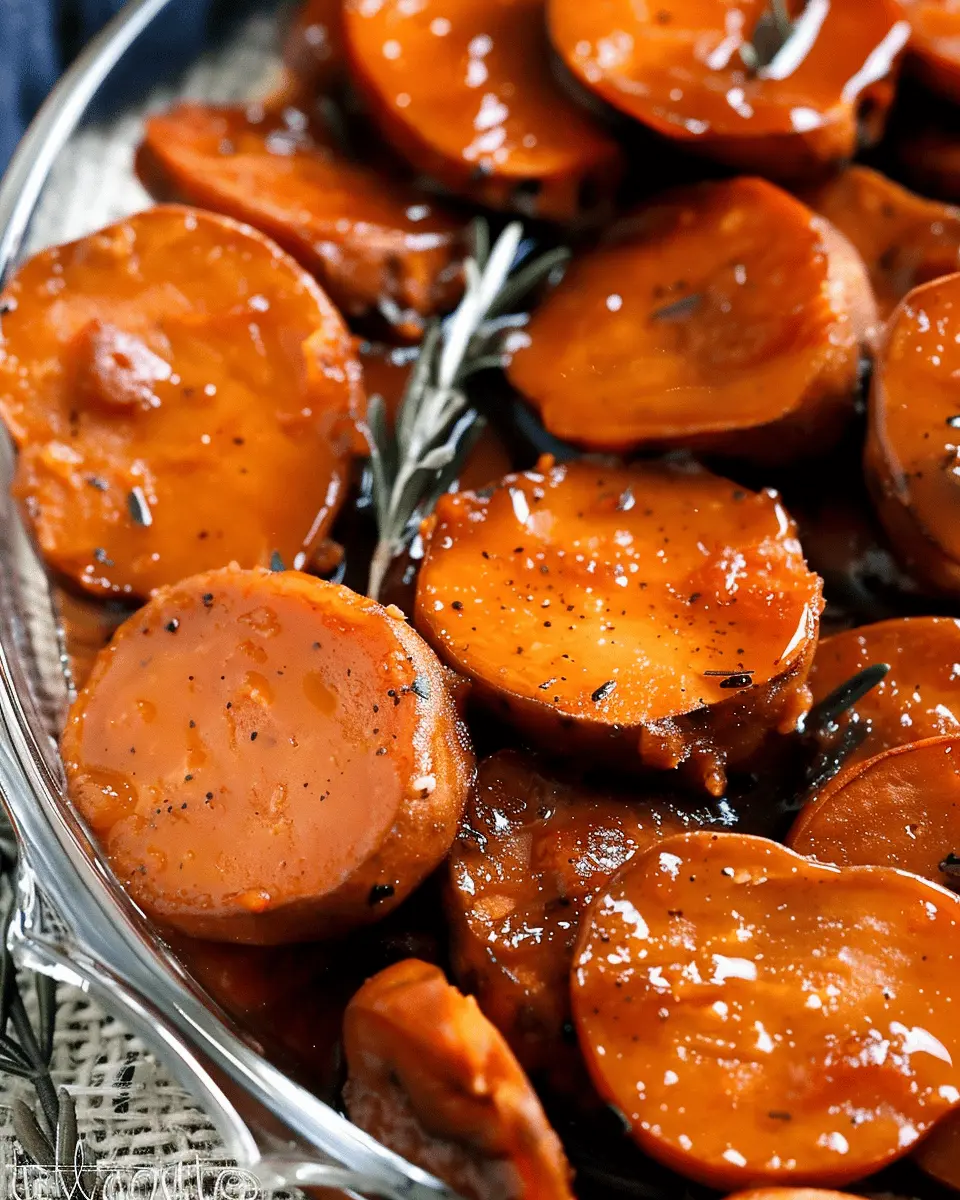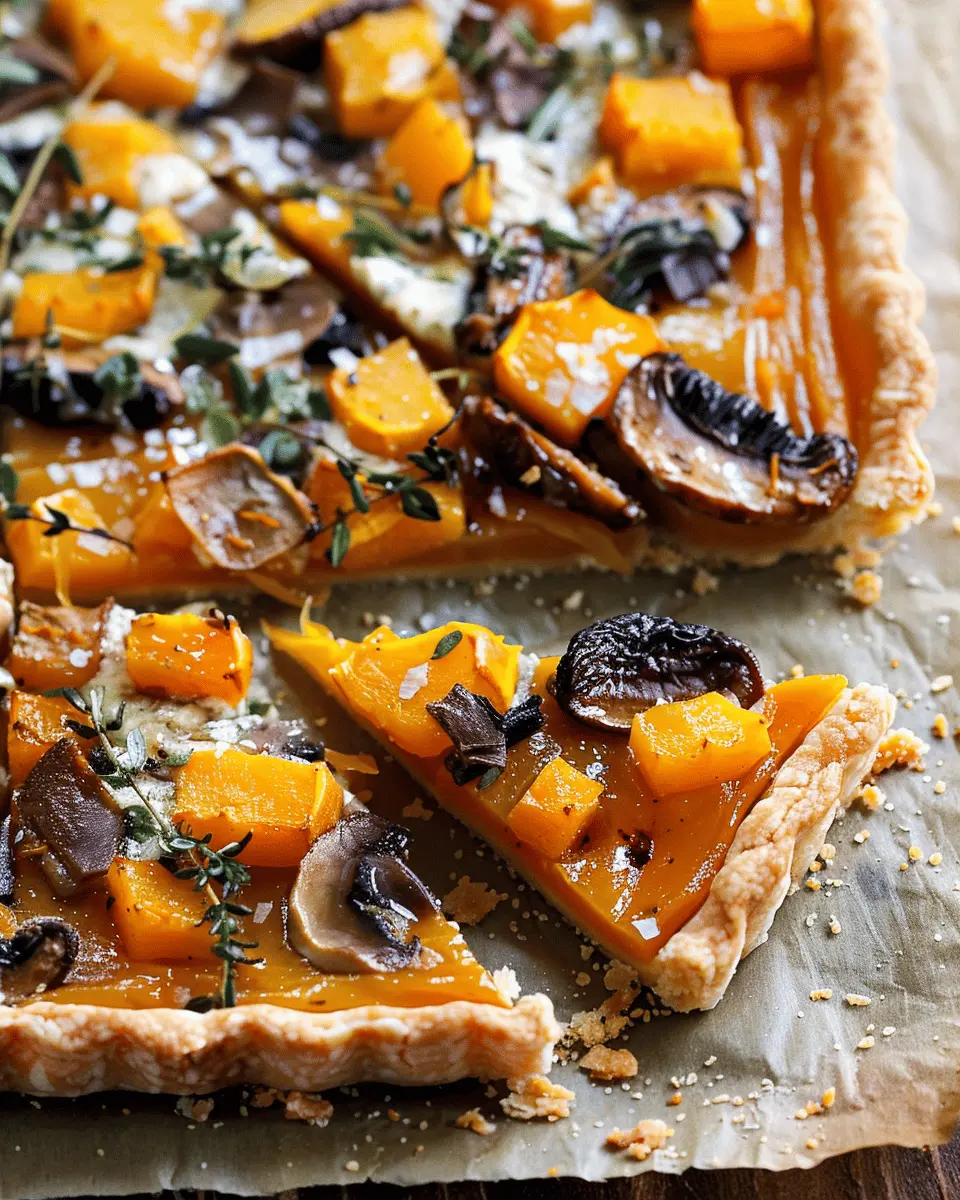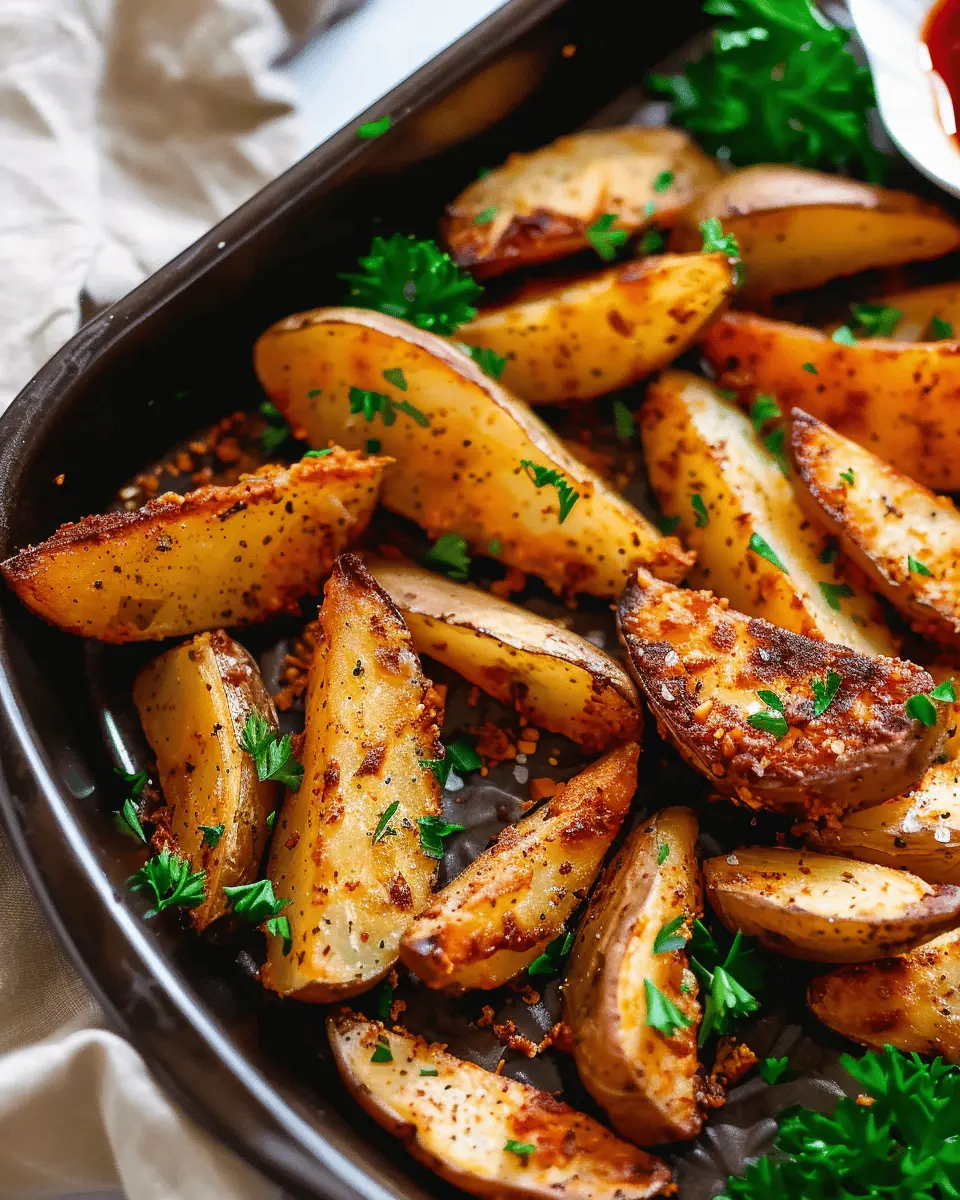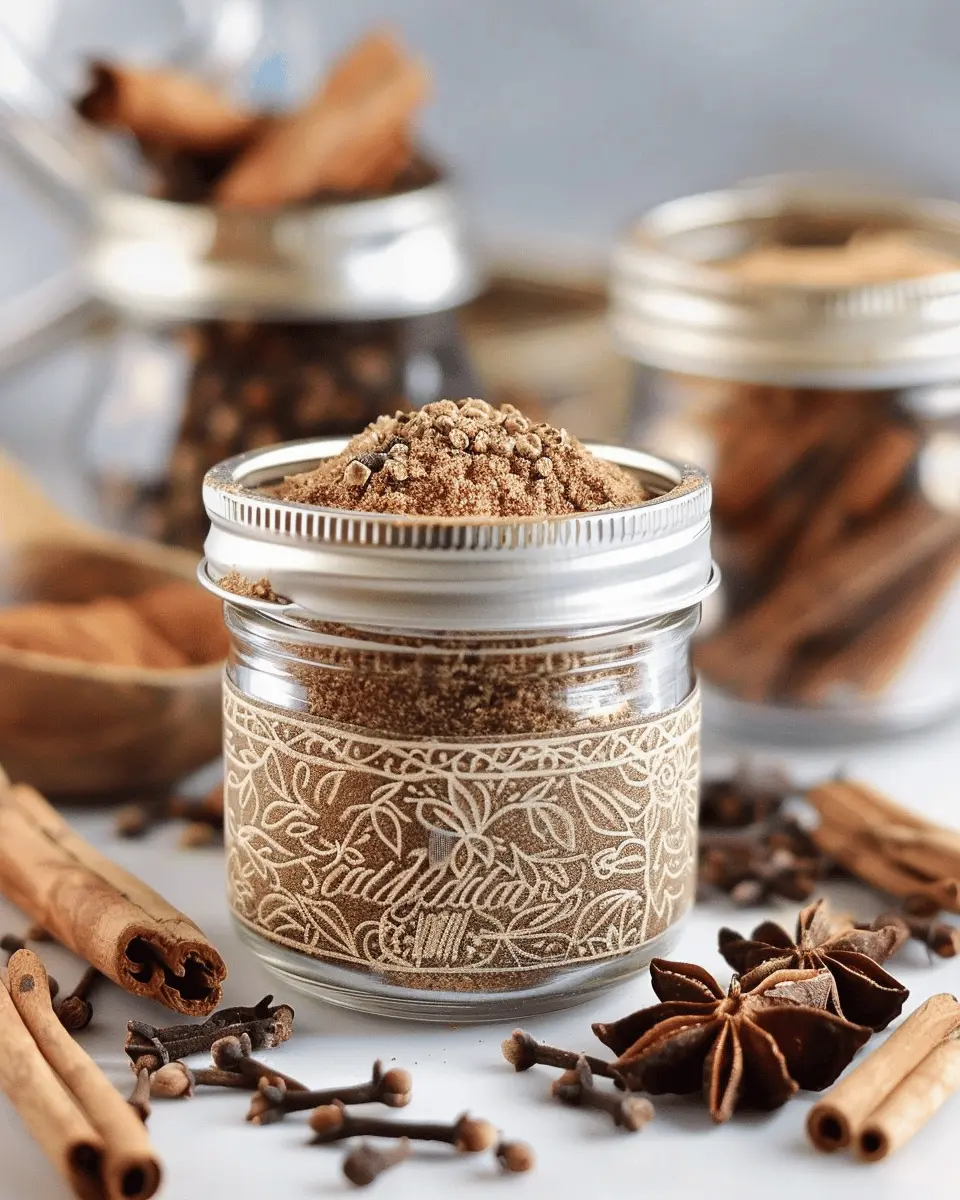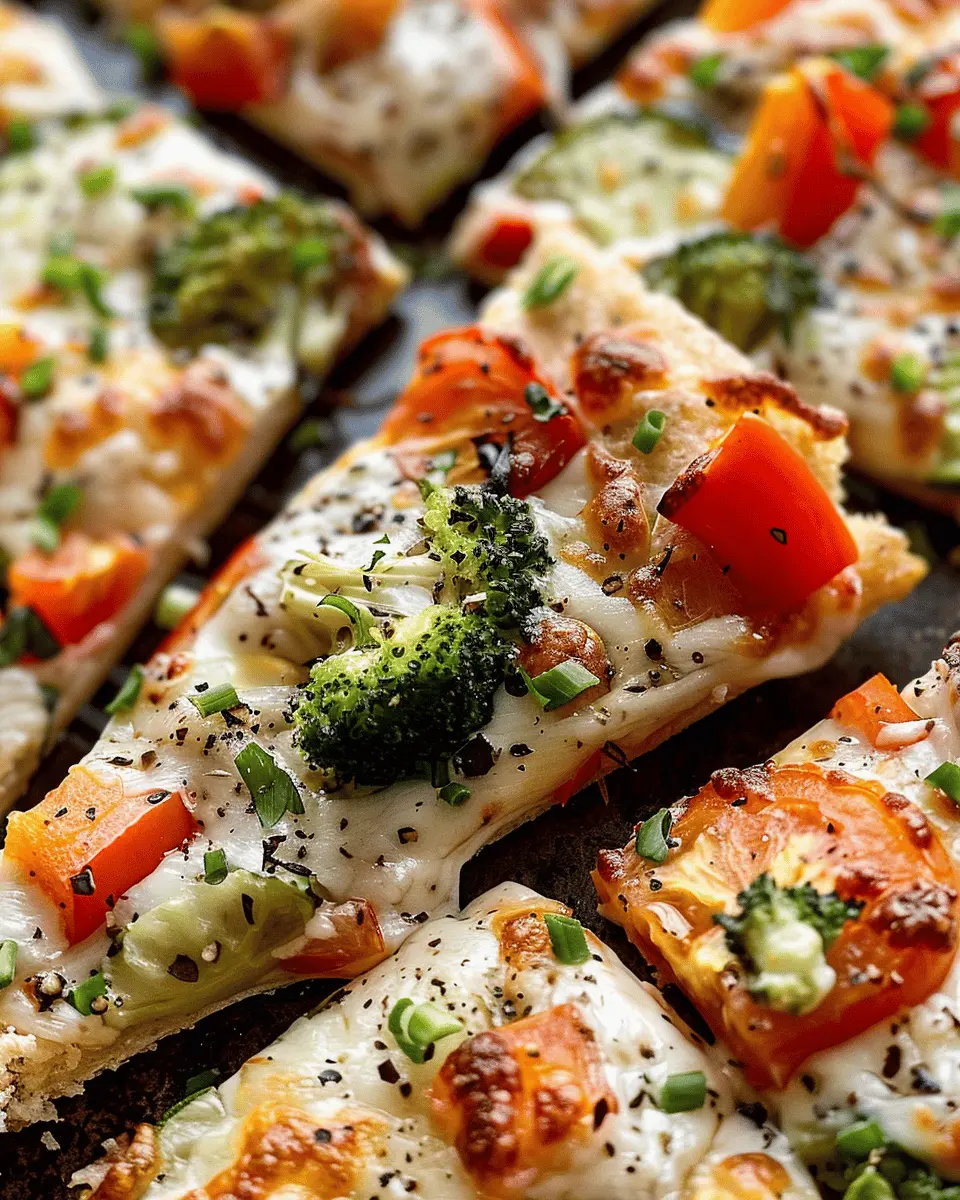Introduction to Victoria Sponge Cake
Why Victoria Sponge Cake is a Classic Treat
If you’re looking for a delightful dessert that embodies the essence of British baking, then look no further than the Victoria sponge cake. This iconic treat has a rich history that dates back to the 19th century, named after Queen Victoria herself, who was known to enjoy a slice with her afternoon tea. It’s a simple yet elegant cake that highlights the beauty of straightforward ingredients.
The Victoria sponge cake consists of only a few essential components: butter, sugar, eggs, and flour. What sets it apart is the method of preparation, which involves creaming butter and sugar together until fluffy, ensuring a light and airy texture that’s hard to resist. Often filled with jam and whipped cream, it serves as a perfect canvas for customization. You can add fresh fruits, or even a dusting of powdered sugar, to elevate its presentation and flavor. Celebrated pastry chef Mary Berry emphasizes that “the cake should always be light and fluffy; that’s the hallmark of a good sponge.”
What makes this cake particularly appealing to young professionals today is its versatility and ease of preparation. Whether you’re hosting a weekend brunch or winding down after a hectic week, making a Victoria sponge cake can be a therapeutic process. Plus, it’s an impressive dish that won’t take all day to prepare. Some might even remember their first experience with baking being a simple sponge cake, creating nostalgia and fond memories in the kitchen.
For those who are keen to explore more about the Victoria sponge cake, consider checking out resources like BBC Good Food or The Great British Bake Off for inspiration and variations of this classic.
In today’s fast-paced world, baking allows you to slow down and savor the moment. So why not grab your mixing bowl and give this delightful cake a try? You might just find that it’s not just a dessert; it’s a piece of history you can enjoy slice by slice.
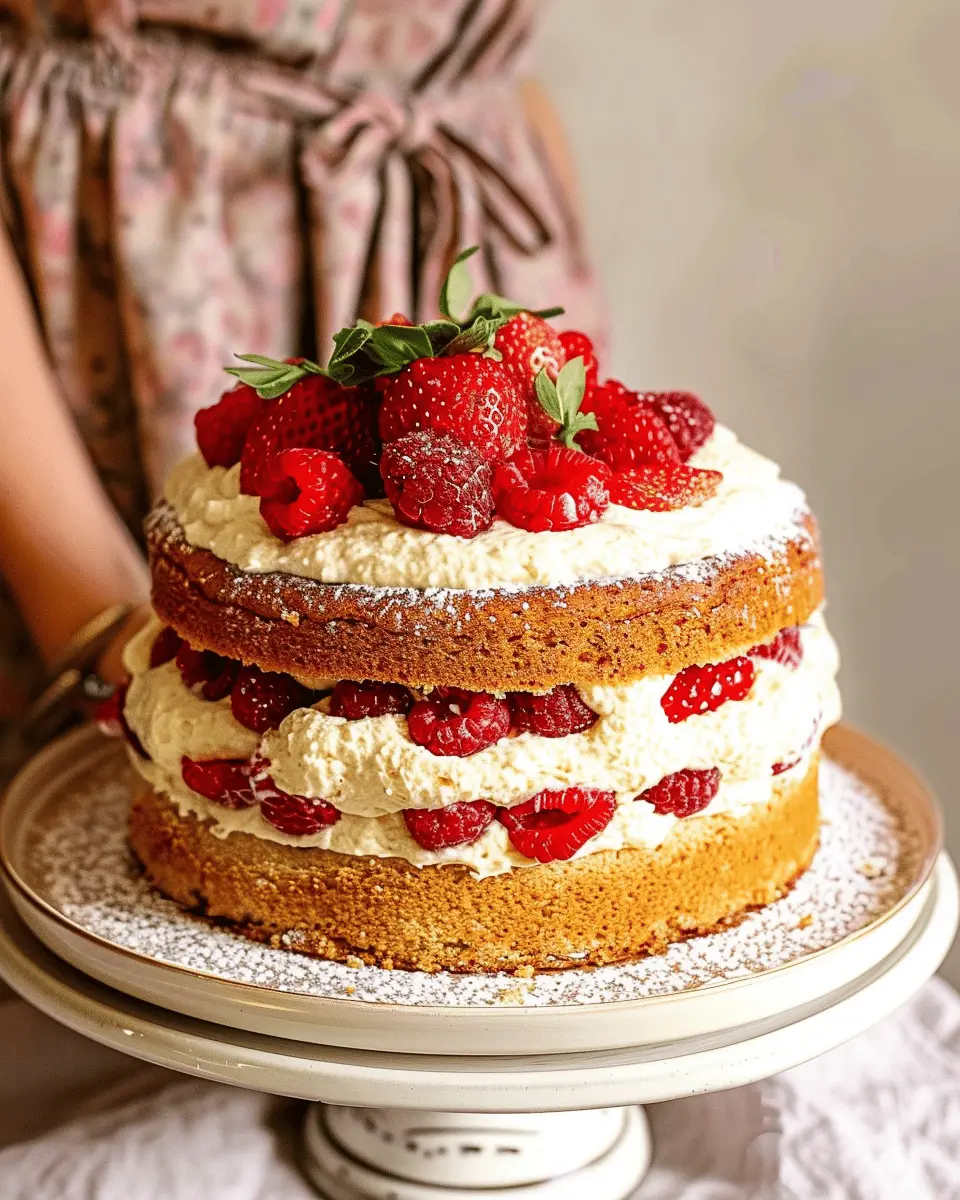
Ingredients for Victoria Sponge Cake
Essential Ingredients for the Sponge
To create the perfect Victoria sponge cake, you’ll need some classic ingredients that come together beautifully. Here’s what you’ll require:
- Unsalted Butter: 1 cup, softened to room temperature for that rich flavor.
- Granulated Sugar: 1 cup, to provide sweetness and help with the cake’s rise.
- Eggs: 2 large eggs, fresh and at room temperature for a well-blended batter.
- All-Purpose Flour: 1 cup, the foundation of your sponge that helps achieve its light texture.
- Baking Powder: 1 teaspoon, a must for leavening your cake beautifully.
- Milk: A splash to create that perfect, moist consistency.
These essentials form the basis of what makes a delightful Victoria sponge cake. If you’re interested in the science behind baking, this insightful article covers the role of each ingredient in baking.
Filling and Decoration Ingredients
Now, let’s talk about what brings your Victoria sponge cake to life:
- Strawberry Jam: About 1 cup, for that authentic fruity flavor!
- Whipped Cream: 1 cup, to add a delightful creaminess.
- Fresh Strawberries or Raspberries: Optional, for decoration and added taste.
Feel free to customize with seasonal fruits or even lemon curd. Have you thought about how delightful a chocolate variation would be? Explore the possibilities; the Victoria sponge cake is versatile! Each layer has its own unique flavor profile waiting to be discovered.
Step-by-step Preparation of Victoria Sponge Cake
Baking a Victoria sponge cake is a delightful way to treat yourself and impress friends. This classic British cake is light, fluffy, and perfect for any occasion. Let’s walk through this step-by-step preparation to achieve that perfect sponge!
Preheat and Prepare the Baking Pans
Start your baking journey by preheating your oven to 350°F (175°C). This is crucial, as a well-heated oven helps the cake rise beautifully. While the oven warms up, grab two 8-inch round cake pans. Grease them with butter or cooking spray and line the bottoms with parchment paper. This not only prevents sticking but also makes it easier to lift out your cake when it’s baked.
Sift and Mix Dry Ingredients
Next, let’s tackle the dry ingredients. Take a small mixing bowl, then sift together:
- 1 cup (120g) all-purpose flour
- 1 teaspoon baking powder
- A pinch of salt
Sifting is key here—it adds air into the flour, ensuring your Victoria sponge cake is light and fluffy. After sifting, gently whisk the mixture until everything is combined. This step is quick but essential for a perfect texture.
Cream Butter and Sugar
Now, it’s time for one of the most enjoyable parts: creaming the butter and sugar. In a mixing bowl, add:
- 1/2 cup (115g) unsalted butter, softened
- 1 cup (200g) granulated sugar
Using an electric mixer, beat the mixture on medium speed until it’s light and fluffy, which could take about 3-5 minutes. The butter should lighten in color and the texture should become airy. This process is critical for adding volume to your cake!
Incorporate Eggs and Vanilla
Once the butter and sugar are creamed, it’s time to add some richness. Crack in two large eggs, one at a time, mixing well after each addition to ensure they’re fully incorporated. You can also throw in a teaspoon of vanilla extract to enhance the flavor. This adds warmth that balances the sweetness of the sponge.
Combine Dry Ingredients with Wet Mixture
Instead of just dumping them in, incorporate the dry ingredients in two additions. Begin by adding half of the flour mixture, gently folding it in with a spatula. Alternate with a tablespoon of milk to keep it moist and then add the remaining flour. This method prevents overmixing, which can lead to a dense cake, something we want to avoid when making a Victoria sponge cake.
Divide and Bake the Batter
Now that we have our batter ready, it’s time to divide it evenly between the prepared pans. A kitchen scale can help ensure even distribution for both layers. Bake in your preheated oven for about 25-30 minutes, or until golden and a toothpick inserted into the center comes out clean. While you’re waiting, resist the temptation to open the oven door to keep the heat inside.
Cool and Prepare Whipped Cream
Once baked, let your cakes cool in the pans for about 10 minutes before transferring them to a wire rack. Cooling is critical; it prevents the cake from becoming soggy. While the cakes are cooling, whip up some cream by beating 1 cup (240ml) of heavy cream with a tablespoon of powdered sugar until soft peaks form. This will be the luscious filling for your Victoria sponge cake.
Assemble the Cake
To bring it all together, place one layer of the cooled sponge on a serving plate and spread a generous amount of whipped cream on top. If you like, add some fresh strawberries or jam for an extra flavor burst. Top with the second layer of sponge and, for a final touch, dust the cake with powdered sugar. Your Victoria sponge cake is now ready to be sliced and enjoyed!
By following these detailed steps, you’re sure to create a stunning cake that’s perfect for any celebration or casual tea time. Happy baking! For more tips on cake decoration and variations, consider checking out resources like BBC Good Food or The Kitchn.
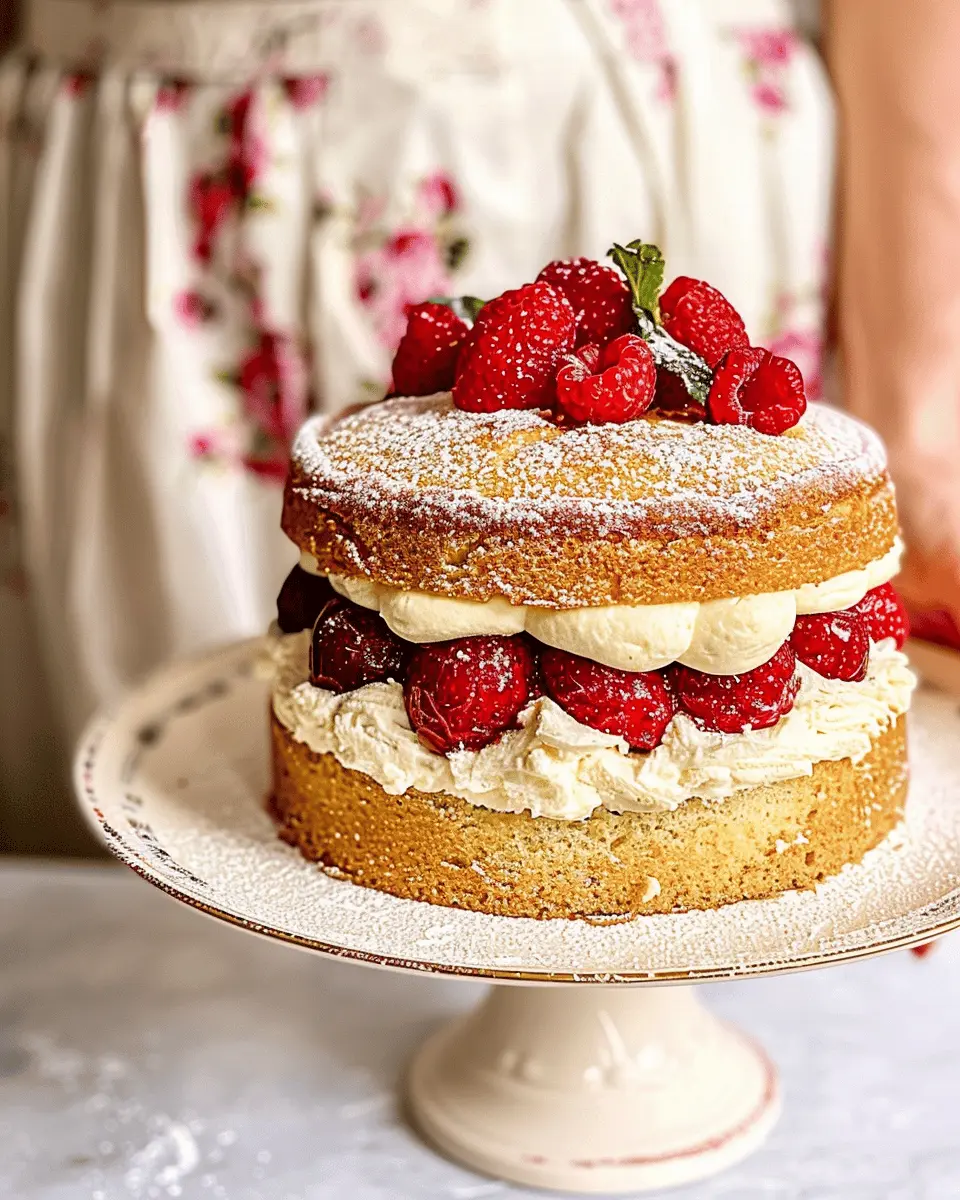
Variations on Victoria Sponge Cake
Victoria sponge cake is wonderfully versatile, and there are so many delightful variations you can try to elevate this classic centerpiece. Whether you’re craving something zesty or indulgent, let’s explore some creative adaptations.
Flavored Victoria Sponge: Citrus or Chocolate
If you’re looking to add a twist to your Victoria sponge cake, consider infusing it with citrus flavors. Adding zest from lemons or oranges to your batter can brighten the overall taste and complement your chosen fillings beautifully. A dash of lemon curd between the layers adds a refreshing zing.
Alternatively, for chocolate lovers, you can create a rich cocoa version. Simply replace a portion of the flour with cocoa powder to achieve that deep, chocolatey flavor. A layer of chocolate ganache or a creamy chocolate spread works wonderfully as a filling.
Alternative Fillings: Other Fruits and Creams
While traditional strawberry or raspberry jam is a staple, don’t hesitate to venture into other fruit combinations. Think luscious blackberry, tangy apricot, or even spiced apple preserves. Each fruit brings its unique charm, enhancing the moistness of your Victoria sponge cake.
You can also experiment with creams. For a luxe experience, try whipped mascarpone cheese mixed with a hint of vanilla, or a flavored whipped cream like lavender or vanilla bean. These creative fillings allow for a completely customized cake experience, sure to impress your friends at your next gathering.
Exploring variations of Victoria sponge cake is a wonderful journey. Check out this article on different cake innovations that can inspire your next baking adventure!
Baking Notes for Victoria Sponge Cake
Common Mistakes to Avoid
Baking a Victoria sponge cake can be deceptively simple, but a few common pitfalls can lead to disappointing results:
- Inaccurate Measurements: Precision is key in baking. Using a kitchen scale can help you measure ingredients more accurately than using cups.
- Under-creaming Butter and Sugar: Failing to aerate the butter and sugar enough can result in a dense cake. Aim for a light, fluffy texture.
- Overmixing the Batter: Once you add the flour, mix just until combined. Overmixing can lead to a tough cake.
Tips for Baking Success
To ensure your Victoria sponge cake turns out beautifully:
- Room Temperature Ingredients: Use eggs and butter at room temperature for better emulsification, resulting in a light, airy cake.
- Rotate Your Cake: Ovens can have hot spots. Rotating your cake halfway through baking ensures even cooking.
- Cooling Time: Allow your cake to cool in the tin for about 10 minutes before transferring it to a wire rack. This helps prevent cracks.
Finally, if you’re curious for more baking insights or troubleshooting tips, the BBC Good Food website has a fabulous collection of resources to help you master your baking skills. Happy baking!

Serving Suggestions for Victoria Sponge Cake
Ideal Pairings for Tea or Coffee
A delightful Victoria sponge cake isn’t just a treat on its own; it’s perfect for elevating your afternoon tea or coffee experience. Pair this classic cake with:
- Earl Grey tea: The citrus notes of Earl Grey beautifully complement the soft sweetness of the Victoria sponge.
- Freshly brewed coffee: A rich, bold coffee enhances the cake’s buttery flavors, making each bite a bit more indulgent.
- Herbal teas: Consider chamomile or peppermint for a refreshing twist that balances the cake’s sweetness.
Looking to impress? Discover unique tea blends at Coffee & Tea Exchange for fresh ideas.
Creative Ways to Present the Cake
Presentation can turn any dessert into a showstopper. Here are some imaginative ways to showcase your Victoria sponge cake:
- Layered display: Stack slices on a tiered cake stand for an elegant look at parties or gatherings.
- Decorative plates: Serve on colorful platters and sprinkle edible flowers, like violets or pansies, for a pop of color.
- Garnishes: Dust the top with powdered sugar or serve with a side of freshly whipped cream and berries for an extra touch of decadence.
How do you like to present your Victoria sponge cake? The options are just as limitless as your creativity!
Time Breakdown for Victoria Sponge Cake
Preparation Time
Making a delightful Victoria Sponge Cake starts with a bit of prep. You’ll want to set aside about 20 minutes to gather your ingredients and mix them together. This includes measuring out flour, sugar, eggs, and butter—simple yet essential steps that make all the difference in your cake’s texture and flavour.
Baking Time
Once you’ve poured your batter into the cake tins, it’s time for the magic to happen in the oven. The Victoria Sponge Cake typically bakes for about 25 to 30 minutes. Keep an eye on it—every oven is a little different, so a quick toothpick test can help ensure it’s baked to perfection!
Total Time
In total, you’re looking at roughly 50 to 55 minutes to whip up this classic sponge cake. Now, doesn’t that sound feasible for a sweet treat? Plus, the rewards are incredible! For more inspiration, feel free to check out BBC Good Food for variations and tips. Happy baking!
Nutritional Information for Victoria Sponge Cake
When indulging in a classic Victoria sponge cake, it’s helpful to know what you’re treating yourself to, right? Here’s a quick breakdown of its nutritional profile:
Calories
A typical slice of Victoria sponge cake (approximately 100g) packs around 250 calories. This makes it a delightful treat, but consider portion control if you’re watching your caloric intake.
Protein
In terms of protein, you can expect about 4g per slice. While it’s not a protein powerhouse, it can add a little boost to your dessert experience.
Sugar Content
The sugar content can be higher than other desserts, averaging around 22g per slice. It’s essential to enjoy it mindfully, especially if you’re monitoring your sugar intake.
If you’re curious about more in-depth nutritional data, check out Nutritional Insights for comprehensive breakdowns. Ultimately, savoring a slice of Victoria sponge cake within a balanced diet can be a sweet part of life!
FAQs about Victoria Sponge Cake
How do I know when the cake is done?
Knowing when your Victoria sponge cake is perfectly baked can be a bit tricky if you’re not familiar with the signs. The best method is the toothpick test: gently insert a toothpick in the center of the cake, and if it comes out clean (or with a few moist crumbs), your cake is ready! Additionally, you’ll notice that the edges start to pull away from the sides of the pan, and the top should spring back when lightly pressed. For a little bit more visual guidance, check out this helpful baking guide.
Can I make this cake in advance?
Absolutely! One of the great things about a Victoria sponge cake is that it stores well. You can bake the cake up to two days in advance. Just wrap it tightly in plastic wrap and store it at room temperature. If you want to keep it longer, pop it in the freezer for up to three months. When you’re ready to serve, let it thaw in the refrigerator before icing it.
What should I serve with Victoria Sponge Cake?
The traditional pairing for a Victoria sponge cake often includes jam and whipped cream, but the possibilities are endless. Consider serving it with:
- Fresh berries like strawberries or raspberries for a burst of flavor.
- A simple side of clotted cream for an indulgent touch.
- A refreshing cup of herbal tea or even coffee to enhance the flavors.
These delightful combinations can take your cake experience to the next level! You might even find yourself inspired to host a lovely afternoon tea. Isn’t that a fun way to catch up with friends?
For more tips on hosting, visit Afternoon Tea Society to explore fun ideas that your guests will absolutely love!
Conclusion on Victoria Sponge Cake
A Timeless Recipe Worth Trying
If you haven’t yet tried making a Victoria sponge cake, now is the perfect time to whip up this classic treat. Its light, fluffy texture combined with the sweetness of jam and cream makes it a delightful addition to any gathering. Not only is it surprisingly simple to prepare, but it also allows for personal twists—consider adding flavors like lemon zest or fresh strawberries to elevate your cake.
Moreover, the history behind the Victoria sponge cake is equally charming, dating back to Queen Victoria herself. As you indulge in this slice of tradition, you’ll feel connected to generations of bakers who have enjoyed this exquisite dessert. Don’t forget to share your cake-making journey with friends; baking is best when enjoyed together! For more tips on baking and creative variations, check out resources like the BBC Good Food or America’s Test Kitchen.
PrintVictoria Sponge Cake: The Best Classic Recipe for Home Bakers
A delicious and fluffy Victoria Sponge Cake recipe perfect for home bakers looking to impress.
- Prep Time: 20 minutes
- Cook Time: 30 minutes
- Total Time: 50 minutes
- Yield: 8 servings 1x
- Category: Desserts
- Method: Baking
- Cuisine: British
- Diet: Vegetarian
Ingredients
- 1 cup all-purpose flour
- 1 cup granulated sugar
- 1/2 cup unsalted butter, softened
- 2 large eggs
- 2 teaspoons baking powder
- 1/4 teaspoon salt
- 1/2 cup milk
- 1/2 cup strawberry jam
- 1/2 cup heavy cream
- 2 tablespoons powdered sugar
Instructions
- Preheat the oven to 350°F (175°C).
- In a bowl, cream together the butter and sugar until light and fluffy.
- Beat in the eggs one at a time.
- In another bowl, sift together the flour, baking powder, and salt.
- Gradually add the dry ingredients to the wet mixture, alternating with the milk.
- Pour the batter into a greased cake pan and bake for 25-30 minutes.
- Let it cool completely, then spread the jam on top of one layer and add whipped cream on top.
- Place the second layer on top and dust with powdered sugar.
Notes
- Make sure all ingredients are at room temperature for best results.
- You can substitute strawberries with other berries or jam flavors.
Nutrition
- Serving Size: 1 slice
- Calories: 250
- Sugar: 20g
- Sodium: 200mg
- Fat: 10g
- Saturated Fat: 6g
- Unsaturated Fat: 4g
- Trans Fat: 0g
- Carbohydrates: 35g
- Fiber: 1g
- Protein: 3g
- Cholesterol: 50mg
Keywords: Victoria Sponge Cake, classic cake recipe, home baking



